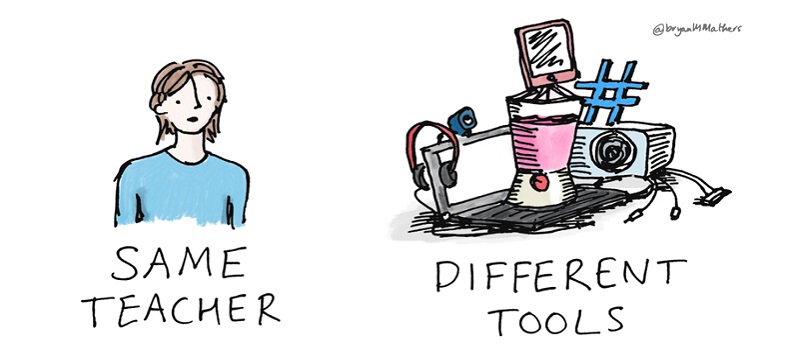2.1 Serving diverse audiences
It is worthwhile designing materials and utilising technologies with as broad a range of learners as possible in mind. By doing this, your materials are ready to reuse in later years or different contexts. This section delivers some general points, so that you may start to think about how these considerations would be applied to your own move into online teaching. Next week we cover this area in greater detail.
Instructions
Sometimes designing and delivering materials for a wide range of audience needs simply means enhancing clarity. Ensure your instructions are clear and unambiguous (be consistent with terms like Units, Pages, Weeks, Sections and so on) (Ernest et al., 2013). If you are creating audio or audiovisual material, ensure you speak slowly and clearly, taking pauses to allow digestion of key sentences or phrases.
Learners backgrounds
Be aware that your learners may not all have the same backgrounds, so be careful when using idioms or cultural references in teaching materials (Arbour et al., 2015). You may also need to consider your choice of images so that diversity is fully reflected.
Flexibility of schedule
Whilst it is vital to provide students with a schedule of key dates and deadlines in the course, and to ensure at regular intervals that they are aware of what is immediately ahead of them, you can also design in flexibility where possible. If there is not a strict need for every learner to complete a certain task at the same time, then allow a little more time to those who need it. Some learners may need individual attention from the teacher in order to keep to the overall schedule – this is a further element of personalisation (Ernest et al., 2013).
Promotion of communication and peer support
Online learners should be encouraged to comment and reflect on the learning. This may be achieved using their own spaces, such as blogs, or more ‘public’ spaces, such as discussion forums. Asynchronous forums allow everyone the chance to input on their own terms and at their own pace, whilst discussing and commenting upon each other’s posts. These interactions, if supported and moderated appropriately by the online teacher, can help to foster a sense of community among the learners, which in turn can lead to the development of peer support. Peer support is a key aspect of personalisation as it allows learners to explore and learn as a collective, with each member of the collective playing to their own strengths.
2 Personalisation with tools for learning
